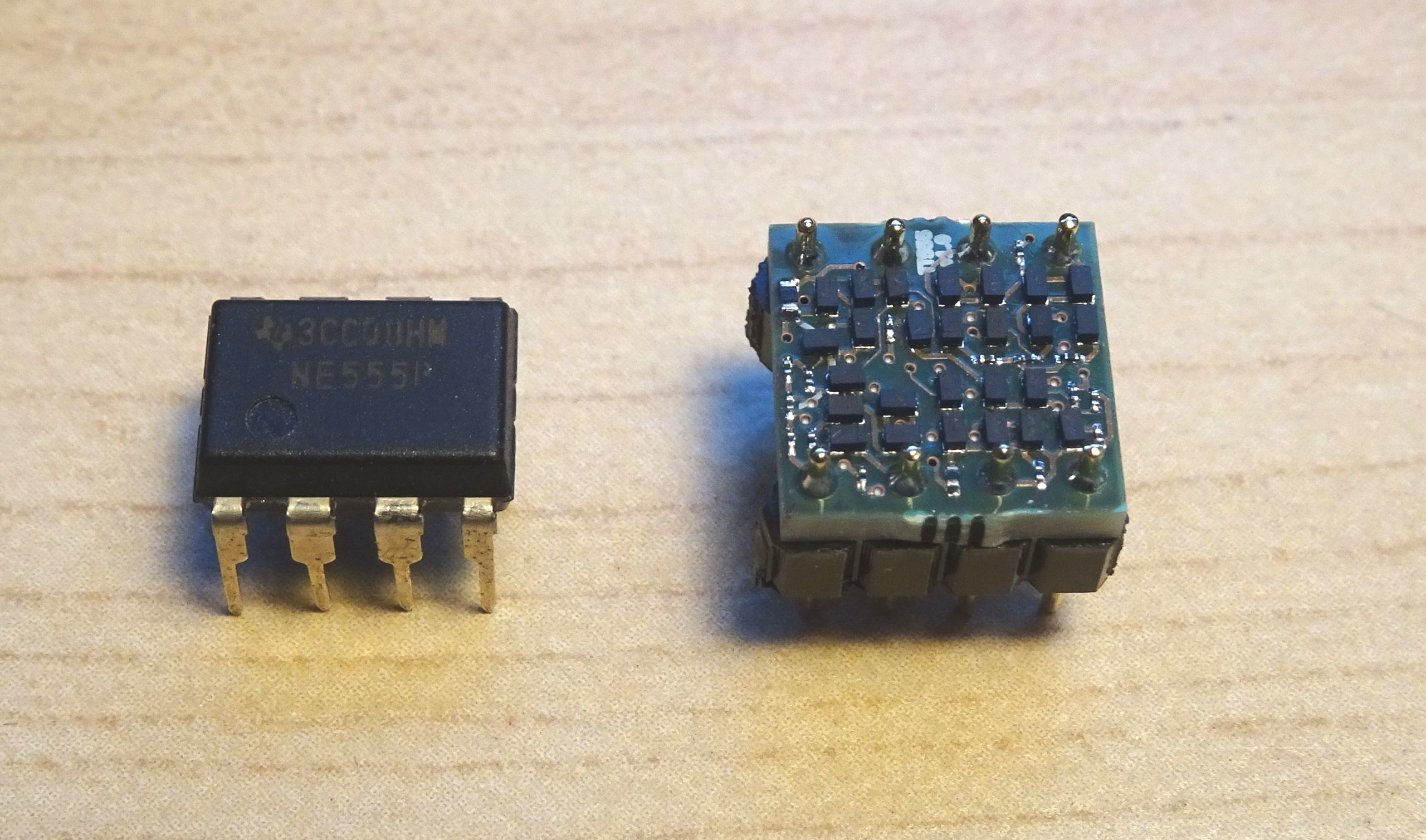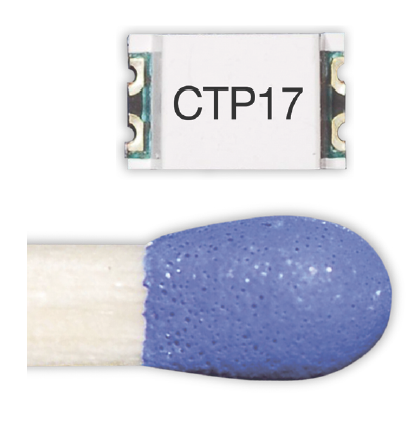

To get around this problem, a group of researchers developed a new type of transistor using different materials: molybdenum disulfide and carbon nanotubes instead of silicon. At that point, transistors are so small that quantum effects prevent them from working properly. Currently transistors are around 10-20 nanometers in scale, and are expected to shrink to around 5-7 nanometers in the next few years, but that's seemed to be about far as we can go.

There's only one problem: We've pretty much reached the limit of how small transistors can get. Other related TFOT stories include the Lengthening of Quantum Bit Memory, made by lasers, and a piece on the creation of the World’s First Molecular Gear, made by A*STAR.įor more information about the single-atom transistor, see Helsinki University’s website.Play icon The triangle icon that indicates to play TFOT has also covered the discovery of Bismuth Telluride, a new type of material that could increase the speed, performance, and efficiency of future computer chips, and the manipulation of a single electron’s quantum state in a silicon transistor, demonstrated by an international team of researchers. When asked about the application of this development in quantum computers, Möttönen confesses: “In fact, our purpose was not to build the tiniest transistor for a classical computer, but a quantum bit which would be the heart of a quantum computer that is being developed worldwide.” Therefore, the research can benefit from the single-atom transistor as well. According to the recently published study, experiments have shown that single phosphorus atom has up and down states, which are essential when defining a qubit. One of the project’s goals is to utilize the spin degree of freedom of the phosphorus donor’s electron, operating it as a quantum bit (“qubit”). We looked at each other, smiled, and said that we have already done that.” Mikko Möttönen, one of the lead researchers on this project, said: “About half a year ago, I and one of the leaders of this research,professor Andrew Dzurak, were asked when we expect a single-atom transistor to be fabricated. The red and the yellow spheres illustrate the spin-down and -up states of a donor electron which induce the lines of high conductivity clearly visible in the figure.

Measured differential conductance through the device at 4 Tesla magnetic field. Although diodes, resistors, capacitors, and other basic components are required in order to manufacture a fully functioning electronic circuit, this is the first step towards making molecular-scaled electronics.
SMALLEST TRANSISTOR MADE PORTABLE
Computer minimization, gadgets’ creation, and rapid development of portable electronic accessories were possible thanks to mass production of transistors by way of highly automated processes. The importance of this discovery derives from the ever-shrinking size of transistors that allowed the creation of our information society. Suppressing and allowing tunneling is made thanks to voltage control, done by a nearby metal electrode with a width of a few tens of nanometers. Single electrons are transferred between the phosphorus atom, the source, and drain leads of the transistor. The newly engineered device is utilizing principles of sequential tunneling. They published their results in Nano Letters, a journal of the American Chemical Society. Now, a collaborative team of researchers from the Helsinki University of Technology (Finland), University of New South Wales (Australia), and University of Melbourne (Australia) have succeeded in building a working transistor whose active region composes only a single phosphorus atom in silicon. While some transistors are packaged individually, most are found in integrated circuits. Applying voltage or current to one pair of the terminals changes the current flow. Usually it is made of a solid piece of a semiconductive material moreover, at least three terminals are used for connection to an external circuit. (Source: American Chemical Society)Ī transistor is a semiconductor device commonly used to amplify or switch electronic signals. Aluminum top gate is used to induce a two-dimensional electron layer at the silicon-silicon oxide interface below the metallization. Their new discovery is crucial for the development of future, compact computers, since the transistor is the most fundamental unit used when designing electronic devices.Ĭolored scanning electron microscope image of the measured device. Report this adAn international team of researchers has recently announced the completion of the smallest transistor ever made, built out of a single phosphorus atom in silicon.


 0 kommentar(er)
0 kommentar(er)
